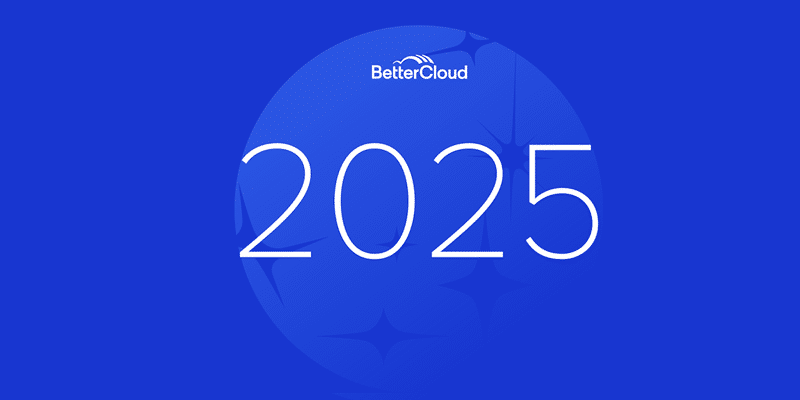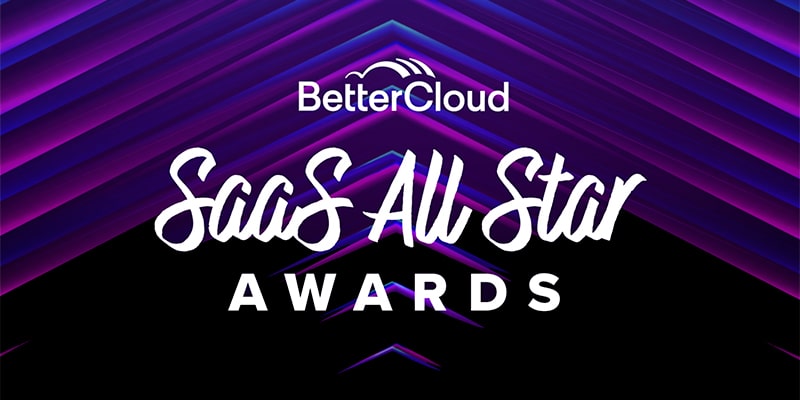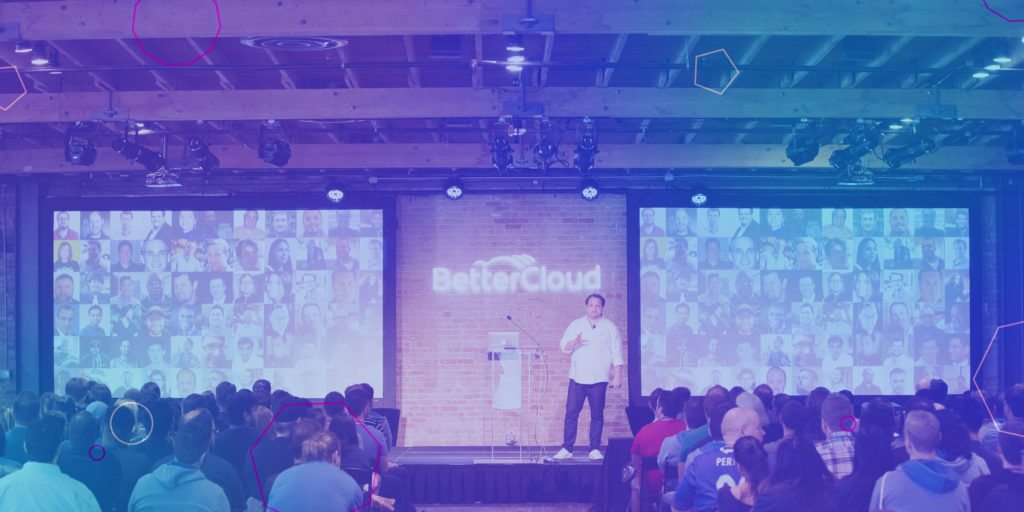The Next-Gen Help Desk
November 15, 2017
5 minute read

This article was originally published on Medium.
For many companies who have transitioned (or who are transitioning) to the cloud, there are a number of change inevitabilities that evolve as a matter of course.
In terms of personnel, many of the current roles in the organization undergo moderate to dramatic shifts not only in expertise requirements but also day-to-day impacts on process and general “keeping the lights on” support of the business. Your former Data Center team probably has some aspect of their world now residing in a private cloud and is probably discussing undertaking DevOps initiatives now. Your Security team has begun to plan for DLP and a broad-based cloud authentication architecture is likely on their roadmap. ITSM shops are going back to the drawing boards on their process/procedure documentation for an overhaul that aligns with the cloud evolution. And so on and so forth…Change is obvious and everywhere…almost.
What about the Help Desk? The changes around your Help Desk are impacting everything ABOUT the Help Desk and, while you may not immediately notice the impacts, they are subtly dramatic and promise to disrupt the stream of innovation pouring out of the rest of the department and subsequently the company as a whole.
Incidents are coming into your Help Desk platform that are now requiring more and more escalation to your App Dev or Operations teams because there is no one on the Help Desk who can appropriately respond. Users are calling in with questions on why a particular dashboard won’t load for them on their iPad or why they do not have access to an App via your ESSO dashboard. The Help Desk is even getting incident requests as to why the new Mobile App continues to fail to load…
Except everyone forgot to tell the Help Desk that there was a new Mobile App.
Setting aside the obvious critical need to now include your Help Desk managers in all of the other strategic and planning discussions in IT, the Next-Gen Help Desk will ALSO need a new set of skills and a new scope of privilege in order to successfully help not only the business but also their other biggest customer, which is now the rest of IT. When every other inbound incident request has to be escalated to your development or operations teams, your investments in staffing are failing. IT leadership needs to spend the time necessary to evolve the Help Desk in alignment with everyone else and deliver the tools needed to support the IT department and the accompanying digital or innovation goals the organization has set for itself.
What follows is a list of key areas, along with recommendations, for IT Leadership to consider when architecting the Next-Gen Help Desk:
- SaaS App Mastery – SaaS apps beget SaaS apps. Whether the SaaS apps come into the organization via non-IT personnel or through actual IT strategy, someone on the Help Desk needs to be able to support them. In my prior company I had constructed a “SaaS Apps Manager” role whose responsibility it would be to understand all of the Apps in the SaaS stack and be able to provide, at the very least, Tier 1 support for each one. That role would report into the Help Desk Management team and be available to not only support the SaaS stack but train others on the Help Desk on those apps thus distributing the knowledge base. One might consider even implementing a basic approval model for SaaS apps which precludes stack additions until the Help Desk has been notified and trained. Further, most SaaS apps are going to have passthrough auth of some kind and so license and user management will need to be an element of their training and management as well. Unless you want your users administering your SaaS apps??
- Cybersecurity – Which leads me to security. Your SaaS apps require troubleshooting that will most definitely include role changes, settings changes and other changes that may allow for insights into the data being shared within the SaaS app. Do you use LCNC platforms? Your Help Desk can have a profound impact on supporting the proliferation and use but will require additional security clearance as well as change control training. If your Help Desk is now capable of mastering SaaS Apps, implement a governance framework giving them administrative capabilities within the SaaS stack to allow for changes to occur to permissions, settings, sharing or other. When it comes to larger SaaS environments (GSuite, O365, et al) you can even take it a step further by delineating custom roles which allow your Help Desk staff to perform most administrative tasks within that environment thus preventing constant escalation. Back it all up with consistent auditing and reporting on changes and you can provide broader access and still feel at ease with security controls.
- Training – There are three easy win impacts here: 1) Make time for your operational and application folks to train the Help Desk on the SaaS apps they are rapidly deploying to the organization, 2) Make time for your Help Desk folks to “play” with the SaaS apps that are inbound to the organization and learn them cold, 3) Make time for your Help Desk to demonstrate their SaaS expertise back to the organization either via customer training or similar. In all of the above scenarios, the key theme is distribution of SaaS app knowledge to defuse incident escalation.
- Automation Support – IT Leadership should strongly consider urging/allowing the Help Desk staff themselves to develop, via their Incident Management platform, their own automation tasks and workflows. Application and workflow development should be a skill that every person in the IT organization learns and develops strength in. With LCNC apps like BetterCloud, Zapier and Appsheet working sweetly with Zendesk/Freshdesk/ServiceNow/et al, there is no reason why your Help Desk team (under change control) can not architect new pathways to achieve better incident resolution results and provide a better overall CX environment. Further, by learning automation, the Help Desk can support any other automation authors within the business and add a new layer of relevance to the innovation/digital support landscape.
- Mobile App Support – Before any app is deployed to your company, whether via MDM/MADP/RMAD or other, it should pass through the hands of the entire Help Desk before it is deployed for handling, experience and understanding of the functionality. Additionally, documentation should be made available along with a list of expected trouble points with the application so that the Help Desk can respond accordingly and keep the end users away from the developers. Do you really want end-users being punted to your dev team every time a question comes into the Help Desk? This idea that digital development teams can bypass the Help Desk and deploy flawless apps is absurd. Bring them along for the journey and reap the rewards of having a support team ready to respond. Take it a step further and give them an account in Jira or Git and let them submit bugs as they arise. They are the MOST likely group to encounter trends in app issue management and therefore can report to the release group any signal that indicates a larger problem.
The above represents a fraction of what the Next-Gen Help Desk can accomplish. Consider document/object restoration, provisioning/deprovisioning of accounts and applications, mobile device management, BYOD support, remote workforce management, offline storage, EMM, Device encryption, etc etc etc.
The time is now to begin to consider your Next-Gen Help Desk. They CAN do more and they WANT to do more. Don’t believe me? Just look at your metrics. Look at the tickets are coming in and who, ultimately, is being called upon to resolve them.
Next-Gen Help Desk. A minimal investment with a massive return.






